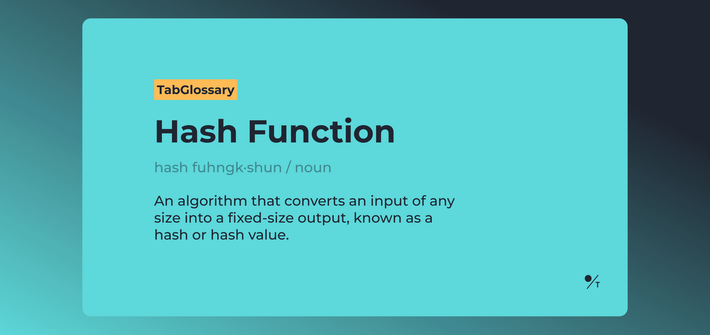A hash function is a type of algorithm that takes an input (often called a message) of any size and transforms it into an output of fixed size, known as a hash or hash value. Think of it like a blender: no matter what ingredients you throw in, you always end up with a smoothie that fits neatly in the same-sized cup.
The key feature is consistency. A one-character input and a thousand-character input will both produce outputs of the same length. But even the tiniest change, like altering a single letter, will result in a completely different hash. That’s why hashing is so useful for checking data integrity.
Hash functions are the backbone of modern cryptography. They secure passwords, verify digital signatures, and keep transactions safe. And here’s the kicker: they’re designed to be one-way functions. It’s easy to create a hash from some data, but practically impossible to reverse-engineer the original message from the hash without absurd amounts of computing power.
This “one-way street” property is exactly what makes cryptocurrencies like Bitcoin possible. In proof-of-work mining, computers compete to find a hash that fits very specific rules, securing the blockchain in the process.
How does a hash function work?
The exact process depends on the algorithm, but here’s the general idea:
- The input data is chopped into fixed-size blocks.
- If the last block isn’t big enough, the algorithm pads it to fit.
- Each block is then processed, one after the other, until the entire message has been hashed.
No matter how long the original message was, the end result is always a neat, fixed-length hash.




